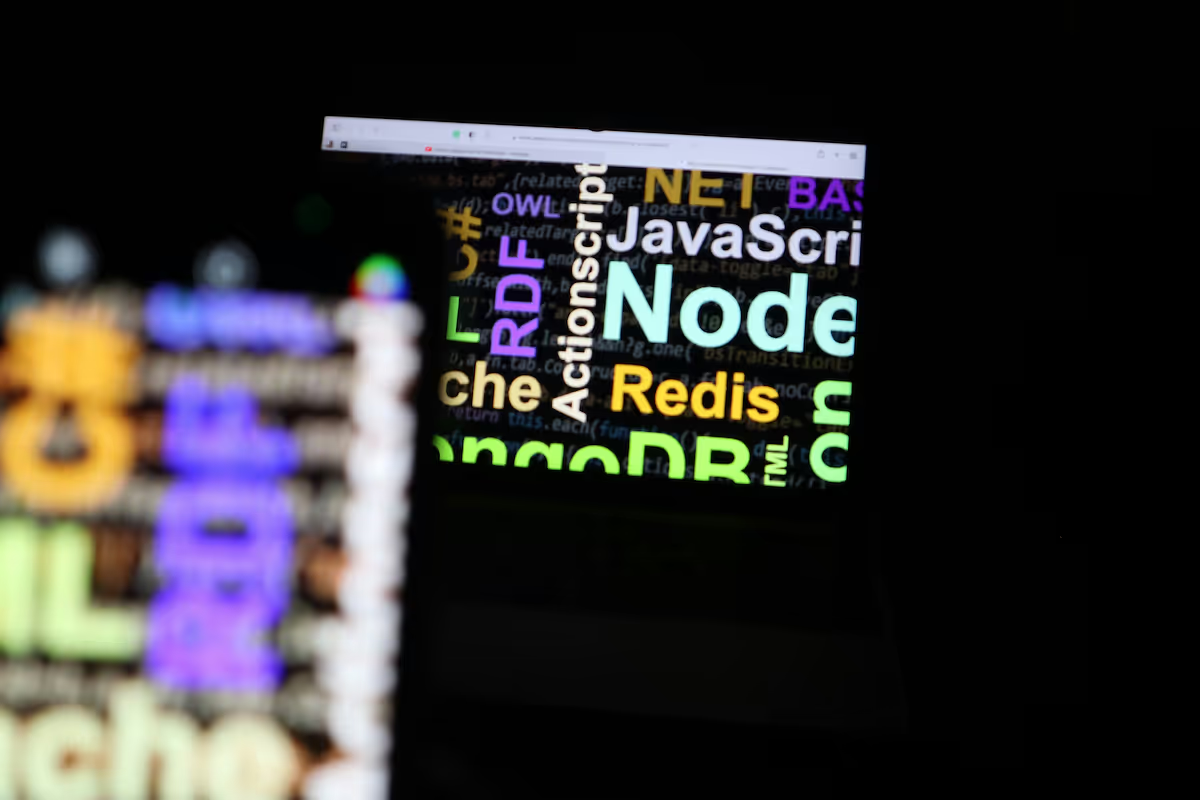Key Takeaways
- Payment Splitting: AMP divides a single large Lightning payment into multiple smaller payments for transmission.
- Multiple Routes: These smaller payments are sent simultaneously across different paths on the Lightning Network.
- All-or-Nothing Success: The payment is atomic, meaning all parts must succeed, or the entire transaction fails.
What is Atomic Multipath Payments?
Atomic Multipath Payments (AMP) is a feature for Bitcoin's Lightning Network that addresses the challenge of sending large payments. Imagine trying to send 1,000,000 sats (0.01 BTC), but no single payment channel has enough capacity. AMP intelligently splits this amount into smaller parts, sending them simultaneously across multiple routes to the final destination, increasing transaction success rates.
The "atomic" aspect provides a crucial security guarantee: the payment is all-or-nothing. All the smaller pieces must arrive successfully for the recipient to claim the funds. If even one part fails to reach its destination, the entire transaction is cancelled, and the sender's funds are returned. This makes sending larger amounts, like 0.1 BTC, much more reliable on the network.
How Atomic Multipath Payments Improve Transaction Efficiency
Atomic Multipath Payments significantly boost the Lightning Network's performance by overcoming individual channel capacity limitations. This allows for larger, more substantial payments to move across the network without failure, enhancing overall throughput and making the system more practical for a wider range of financial activities.
- Capacity: Aggregates liquidity from multiple channels to support larger payments.
- Reliability: Boosts success rates by routing payments through several paths simultaneously.
- Speed: Reduces settlement time as payment portions travel in parallel.
- Flexibility: Finds optimal routes dynamically, bypassing network congestion.
- Efficiency: Optimizes the use of capital across the network, preventing stranded funds.
Security Benefits of Atomic Multipath Payments
Atomic Multipath Payments bring substantial security upgrades to the Lightning Network. The core innovation is the all-or-nothing settlement, which removes the risk of partial payment loss if a channel fails mid-transaction. This architecture also provides a considerable boost to user privacy by making transaction analysis more difficult for network observers.
- Atomicity: Ensures a payment either fully completes or fails entirely, protecting against lost funds.
- Privacy: Splitting payments obscures the total transaction amount from intermediate routing nodes.
- Trustlessness: Relies on cryptographic verification, not trust in any single payment forwarder.
- Resilience: Distributes the payment across multiple paths, minimizing single points of failure.
Atomic Multipath Payments in the Lightning Network
As a core protocol feature, Atomic Multipath Payments operate automatically within the Lightning Network. Wallets and nodes intelligently discover and use multiple payment routes without requiring any user input. This fundamentally changes the network's capacity, allowing it to support much larger transaction values reliably.
By resolving the issue of channel liquidity constraints, AMP makes the entire network more robust and commercially practical. It sets the stage for more sophisticated financial services built upon Bitcoin's second layer. This capability is essential for the Lightning Network to achieve a global scale for instant payments.
Challenges and Limitations of Atomic Multipath Payments
While a powerful upgrade, AMP is not without its trade-offs. The system introduces new operational complexities and potential vulnerabilities that require careful consideration for network health and security. These challenges are actively being addressed as the technology matures.
- Complexity: Increased protocol intricacy can introduce new bugs and points of failure.
- Fees: Aggregate routing fees may be higher than single-path payments, impacting cost-effectiveness.
- Probing: The mechanism could be exploited to map out channel liquidity across the network, reducing privacy.
- Failures: A greater number of hops increases the probability of a single channel failure, which cancels the entire transaction.
Future Developments in Atomic Multipath Payments
This is how the protocol will progress beyond its current form.
- Develop more sophisticated routing algorithms that can predict network congestion and calculate the most cost-effective paths for payment parts.
- Integrate Point Time Lock Contracts (PTLCs) to replace the existing HTLCs, improving privacy and making transactions more resilient.
- Introduce dynamic payment splitting where the number and size of payment parts are adjusted in real-time based on network liquidity.
- Establish better fee management and prediction standards, giving senders clear insight into the total cost of a multipath transaction.
AMP: Scaling Bitcoin's Lightning Network
Atomic Multipath Payments are foundational to scaling the Bitcoin Lightning Network for substantial transactions. The system's atomicity is achieved through cryptography. A sender generates a single payment preimage—a secret—and splits it into shares. Each smaller payment carries one of these shares. The recipient must successfully receive all payment parts to reconstruct the original secret and claim the total amount. This design guarantees that no partial payments can be settled, securing the entire operation across multiple channels.
Join The Money Grid
To put technologies like Atomic Multipath Payments to work, you can access a global payments network built on Bitcoin's Lightning Network. Connect with Lightspark to build on a platform that offers instant bitcoin transfers, enterprise-grade node management, and compliant-ready payment solutions for a new generation of finance.


